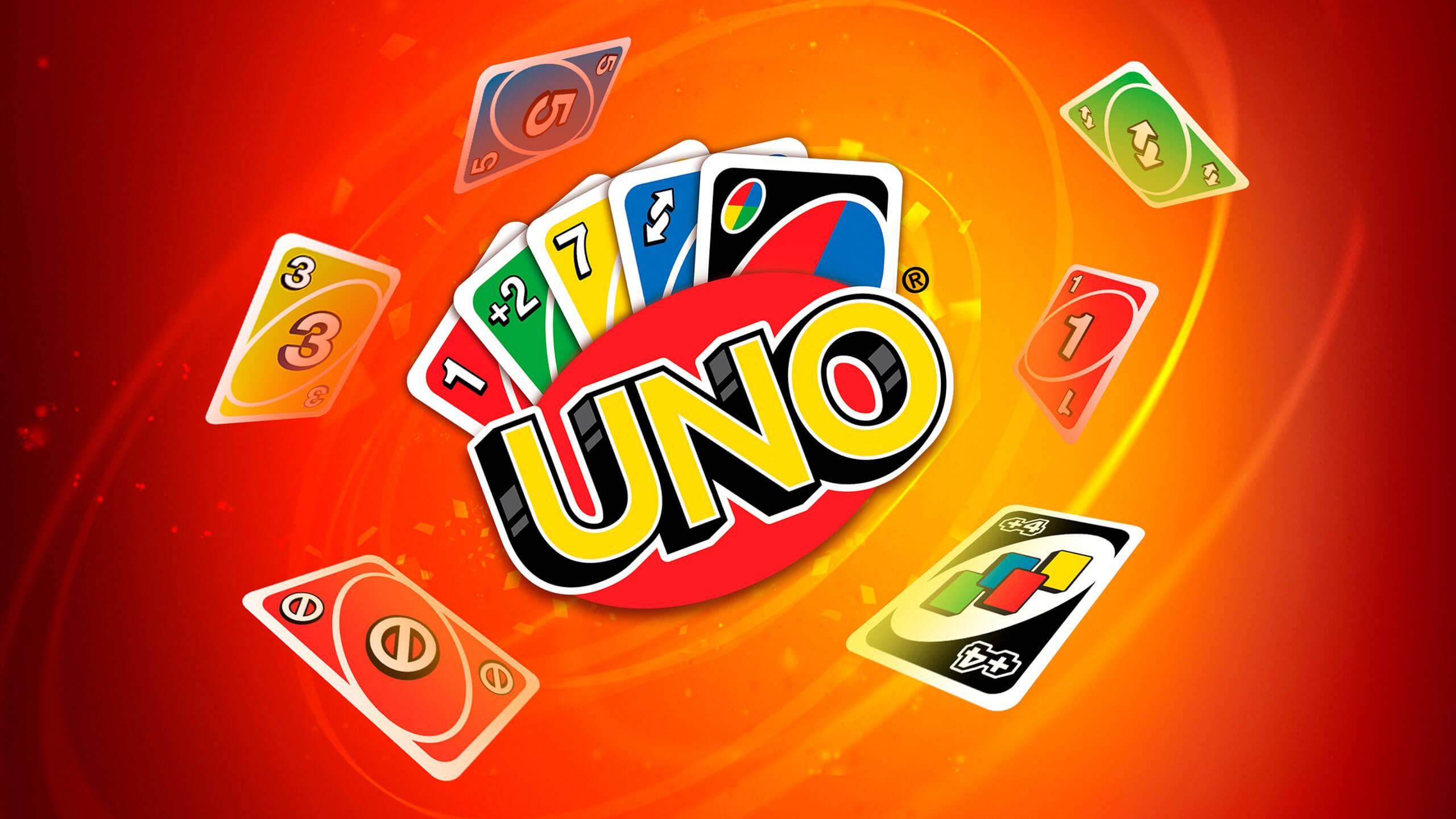UNO is more than just a card game—it’s a global phenomenon that has been bringing families and friends together for over 50 years. Known for its simple rules, fast-paced gameplay, and explosive fun, UNO has become a staple in households, classrooms, and online communities worldwide. Whether you’re playing in person or digitally, uno online continues to evolve while staying true to the core mechanics that make it so addictive and universally loved.
A Brief History of UNO
The story of UNO began in 1971 in Reading, Ohio, when barber Merle Robbins invented the game to resolve a family disagreement over the rules of Crazy Eights. He and his family created the first deck of UNO cards and sold them from their barbershop. Eventually, Robbins sold the rights to a group of local businessmen for $50,000 and royalties, and the game gained nationwide traction.
In 1992, toy giant Mattel acquired UNO, giving it the global exposure that turned it into one of the most recognizable card games in the world. Over the decades, UNO has sold hundreds of millions of decks in more than 80 countries, becoming a timeless classic.
Objective and Rules of UNO
UNO’s rules are simple enough for a child to understand, yet they provide enough strategy to keep even seasoned players engaged. The main goal is to be the first player to get rid of all your cards.
Here’s how the basic gameplay works:
The Deck
A standard UNO deck has 108 cards:
-
Number cards (0-9) in four colors: red, blue, yellow, and green.
-
Action cards:
-
Skip – the next player loses their turn.
-
Reverse – reverses the direction of play.
-
Draw Two – the next player draws two cards and loses their turn.
-
-
Wild cards:
-
Wild – allows the player to choose the next color.
-
Wild Draw Four – changes the color and forces the next player to draw four cards (only playable if you have no card matching the current color).
-

